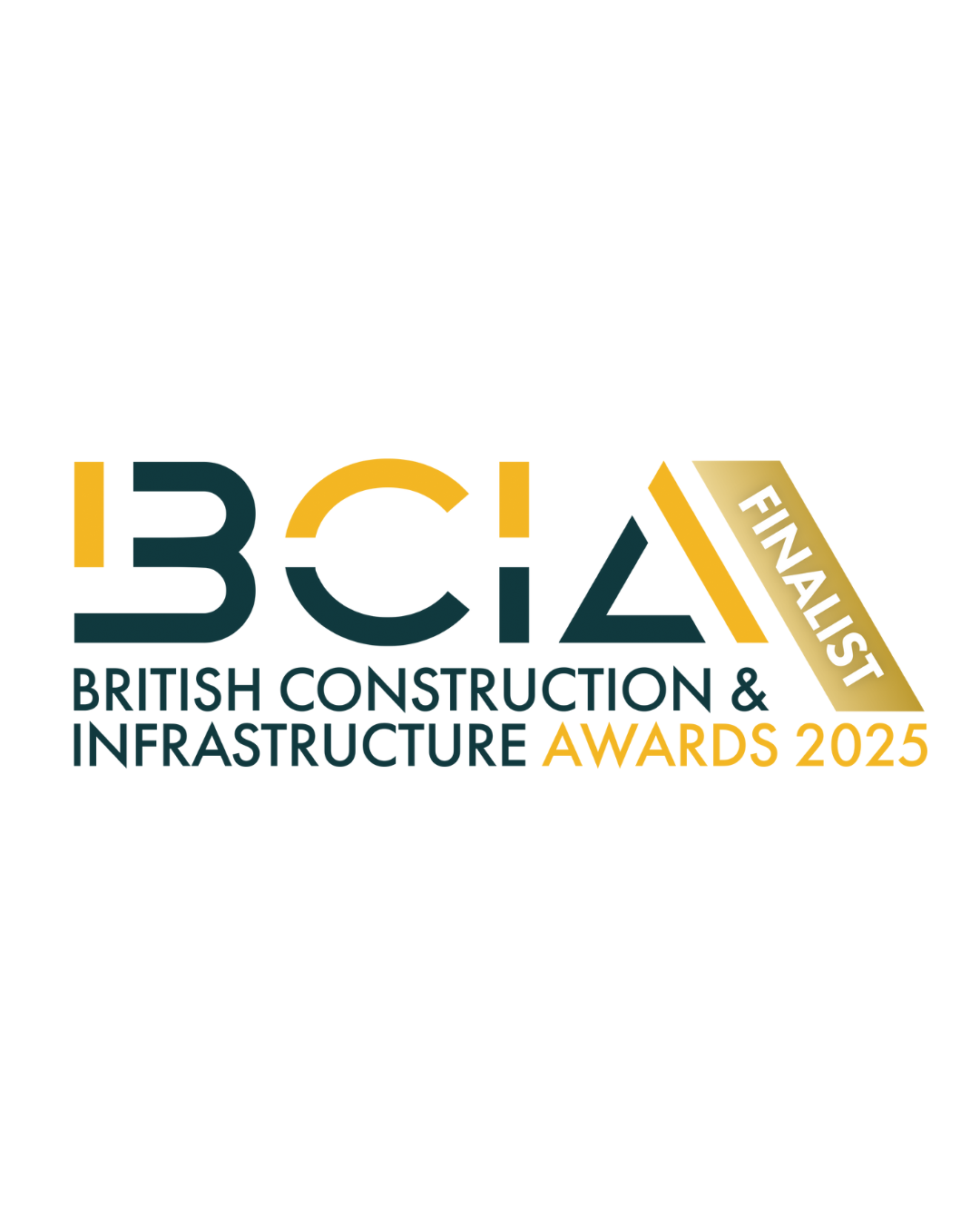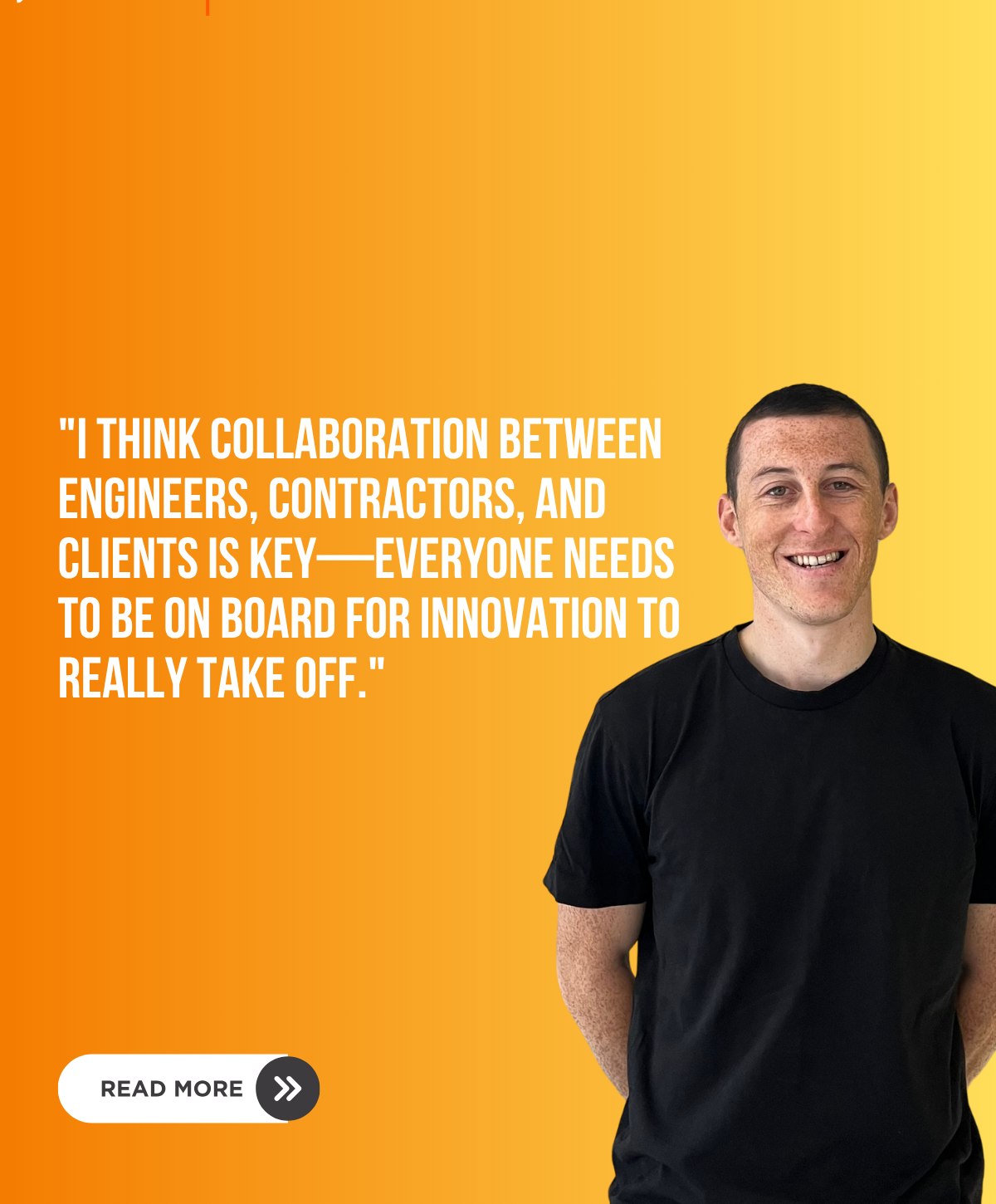What is your role and what does it involve?
So, as a senior engineer, my job is basically to lead projects or support the team on a higher level, helping guide everything from start to finish. It means meeting with clients, getting a clear understanding of what they want, and then coordinating all the work, right from those early planning stages through to stage five, where we’re actually in construction.
A big part of the role is being client-facing. I’m often the one engaging with stakeholders and other clients to make sure they feel confident in what we’re delivering. It’s not just about design; as a senior engineer, I’m there to add value in internal discussions, share insights, and give advice to other team members. I try to help them, you know, work constructively, share ideas, and collaborate better.
Really, the job is all about balancing the technical side with the people side. It’s about managing the design, sure, but also working closely with the wider design team—whether that’s the client, contractor, or architect—and keeping things on track from the very beginning through to completion. It’s a lot to keep an eye on, but when our designs come to life, it makes it all worth it.
Can you describe your career journey so far?
So, I graduated from Loughborough University in 2017 with a bachelor’s in design and engineering. At first, I wasn’t really sure if I should stay in design but honestly, after spending so many years studying design—and really enjoying it—I felt it would be a shame to walk away from that. So, I joined an architectural and structural steelwork company in Belvedere, Southeast London, where I trained as a draftsman.
While I was there, I kept growing my artistic skills and started gaining a better understanding of the built environment. It was different from the general design studies I’d done, and over time, I took on more responsibilities and really found myself drawn to building and designing architectural and structural pieces. I went from being a draftsman to a contract manager, where I got to do more than just drawings. I learned how to create solutions for the challenges we faced in our projects.
While working at Steel Arts, I also decided to go for my master’s in Structural Engineering. I realised that to keep growing, I needed more than just my bachelor’s in design. I knew I wouldn’t become an architect, but I really enjoyed solving problems analytically. I spent five years there, eventually joining the senior management team and working on some big projects like 22 Bishopsgate, Bond Street Station, and The Broadway.
Still, I felt a pull towards working in a more architecturally focused environment rather than the purely structural side I’d been in before. I know my path into structural engineering was a bit unconventional. Most engineers go from studying engineering straight into an engineering consultancy, progressing through more traditional project engineer roles. But I came from a design engineering background and decided I wanted to specialise in structures. That meant studying at night while working full-time, which really fuelled my passion and drive to get here.
What has been your biggest achievement so far in your career?
After finishing my master’s—where I was proud to achieve a first-class grade—I stayed with my previous company for a year, continuing to work as an engineer. The variety of roles and responsibilities I took on gave me key skills that are really paying off now at Jensen Hunt. I was exposed to so many aspects of the built environment, and each experience added to my skillset.
I’d say my biggest career milestone so far has been reaching the role of senior engineer, especially given my unorthodox route into the field. It feels like a reward for all the hard work—at my previous company, I had a lot of late nights, early mornings, missed holidays, and hours of writing reports and practicing presentations. Now, I’m finally building a portfolio of projects I’m proud of, and that feels incredibly satisfying.
What advice would you give someone taking their first steps into the industry?
I think one of the most important things is to leave your ego at the door. No matter how smart, experienced, or dedicated you are, being humble and open to learning will make a huge difference. You’ve got to recognise that there’s always a long way to go, no matter where you’re starting from. There were definitely times early on in my career when I thought I knew more than I actually did. Having the determination to push past that mindset has been crucial. Who I was as an engineer even six months ago is so different from who I am now. The amount of progress you can make in just a few months is amazing if you stay open to growth.
I’ve also learned that it’s important not to be too hard on yourself when you don’t know something. There will always be things you haven’t learned yet, and everyone makes mistakes. It’s easy to put pressure on yourself, thinking, “I’m supposed to be the best; I should already know this.” But in reality, it’s okay to admit, “I don’t know how to do this yet.” Thankfully, I’ve had a team around me that’s willing to teach me and help me get where I need to go.
I used to have this tendency to try to run before I could walk. It’s been good to recognise that about myself and take things one step at a time.
What do you think the biggest challenges within the industry are and what can we do to change them going forward?
I think some of the biggest challenges in the industry right now come from the sheer variety of issues we’re facing. There’s the social and political pressure around sustainable engineering, the commercial side of things, and so much more. But really, if I had to name the biggest challenge, it would be designing in a way that’s both commercially viable and sustainable. That’s tough, especially when you think about how construction impacts livable spaces, clean air, and the overall environment.
As engineers, development consultants, and sustainability experts, we have to share as much of our knowledge as we can with clients, helping them understand how sustainable practices like decarbonisation or considering embodied carbon don’t just make sense morally—they’ll soon matter financially as well. It’s about consulting them in a meaningful way that highlights these impacts.
Going forward, I think we need to keep reinforcing the importance of sustainable design. One way to make progress is through more collaboration within the industry. Talking to leaders and companies that are on the front lines of decarbonisation can be really impactful. Engineers sometimes struggle to collaborate across teams, but if we can overcome that, it’ll be much easier to pass this knowledge on to clients and, ultimately, to benefit society as a whole.
What is your biggest passion outside of work?
I’m really into travel and food—those two go hand in hand for me. I come from a bit of a mixed background; my mom’s from Poland, and my dad’s from Ireland, so I grew up with two very different cultures and food traditions. That definitely sparked my love for trying new food from all over the world. I’m a huge foodie, and I think traveling just makes that love even stronger. So yeah, food and travel are probably my biggest passions outside of work.
What is something surprising that not many people know about you?
I competed in the first UK Qualifier for The Nathan’s Famous Hot Dog Eating Contest. Although giving it 110% I did not come close to qualifying…..There’s s always next time!
How would you describe yourself if you could only use 3 words/emojis?
Determined, Outgoing and 🤪







